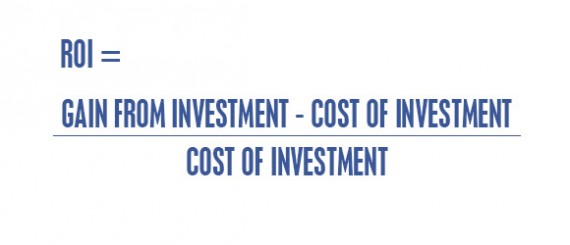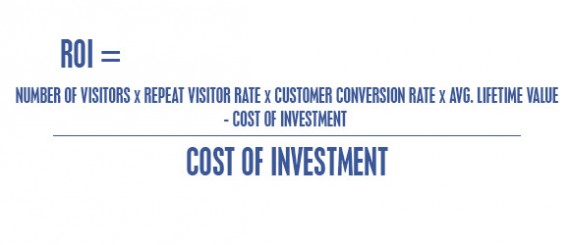The fall is when many ecommerce companies, large and small, create marketing budgets for the upcoming year. Unless a business has nearly unlimited funds, this process often requires making hard choices about how to promote a business and eliminating some marketing tactics.
Even the smallest of ecommerce businesses will need some sort of budget and marketing plan. The typical planning process begins with setting business goals, developing strategies to accomplish those business goals, and selecting marketing tactics — content marketing, email, or similar — to achieve those goals. Once marketing tactics have been identified, the ecommerce business must understand how it will pay for those marketing tactics throughout the year.
This last step, budgeting, may actually be the most challenging, particularly, when a marketer believes that every tactic chosen will ultimately help the business grow. Some budget cutting may still be required.
What follows are tips for helping marketers with budget constraints decide which marketing tactics to keep and which to cut.
Keep Experience-related Marketing Tactics
Much has been written about the modern, fractured media environment. There is, seemingly, no single advertising vehicle, tool, or strategy that will reach everyone, everywhere.
What’s more, even if an ecommerce marketer could get a promotional message in front of everyone, that message would almost certainly not be relevant to everyone. Rather shoppers have a significant number of retail choices, and they may make those choices not simply based on price or which company has the most ads, but rather on relationships and experiences.
It may, in fact, be the case that one of the best things that an ecommerce marketer can do is to render an authentic experience and thereby provide a buyer not simply with the exchange of goods, but that rather with a relationship.
Consider, as an example, the Taste blog on the Williams-Sonoma site. The blog contains genuinely useful articles about cooking and dining topics. Blog readers can get real value without ever buying a Williams-Sonoma product. But nonetheless, if someone liked the recipe for “Porter-braised Chicken and Root Vegetables,” which was recently included on the blog, that person may be more likely to by the “One Pot of the Day” cookbook by Kate McMillan, which Williams-Sonoma sells.
Marketing tactics that aim for experiences may also be longer lasting. Williams-Sonoma invests money each time it publishes an article on its Taste blog. But those posts are not done once someone clicks. A recipe for porter-braised chicken will still be useful and valid in a year, two years, or, most likely, ten years.
When it comes time to choose which marketing tactics to keep on your budget, look for tactics that are useful to customers and enhance the shopping experience, and that may attract customers over time.
Consider Return on Investment in Context
Return on investment, an often cited, but not often understood, performance measurement used to determine relative efficiency.
At its most basic, ROI is usually a calculation that takes the gain from some investment — marketing tactic in this context — subtracts the cost of the marketing tactic and divides by the cost of the marketing investment to return a percentage.

A standard ROI calculation considers gain from an investment and the cost of the investment.
Calculating ROI can be helpful in choosing marketing tactics. Imagine a tactic that returned a $100 profit from a $50 investment. It would have a 100-percent ROI. While a tactic that returned $200 but cost $125, would have a 60-percent ROI. If it were possible, one should triple the investment in the first tactic, while eliminating the second tactic.
Of course, blindly applying ROI in a marketing budget can be a huge mistake. Not all tactics are meant to have the same goal or duration. Thus, when one is building a marketing budget, it is vital to consider ROI in context.
As an example, content marketing is usually aimed at creating long-term customer relationships. So a blog article might have only a small, limited impact on immediate sales. But if that article can successfully create a lasting customer relationship it might be quite valuable. Thus, an ROI equation for a blog post might consider site traffic, estimate the number of visitors who become readers, readers who become customers, and the average lifetime value of a customer.

In some cases, the ROI calculation must be modified to match a specific tactics goals or nature.
Specifically, if a blog post that costs $300 to produce had 100 site visits, and if, on average, six site visitors become repeat visitors, and of these two became loyal customers with a lifetime value of $3,500 each, that post would have an ROI of something like 2,200 percent over the long-term.
So now which is better? It may still depend. Thus, when a marketer is deciding which tactics make it into the budget and which do not, it is vital to consider not just ROI, but ROI in context.
Know What You Can Execute
Simply because a marketing promotion is available, is likely to produce a good ROI, and is in a budget does not mean that a particular ecommerce business can actually execute it.
Blog posts, as an example, might be a good tactic for some online retailers. But if that retailer has no writing capabilities or limited writing capabilities, it might not make sense to include a lot of content marketing in the budget. Similarly, if a small ecommerce business owner believes that events like fairs and swap meets will help grow sales, but doesn’t have a means of transporting products to those events, they probably don’t make sense in the budget.
When deciding which marketing tactics to include in the budget, ensure that the business will actually be able to execute those tactics.





